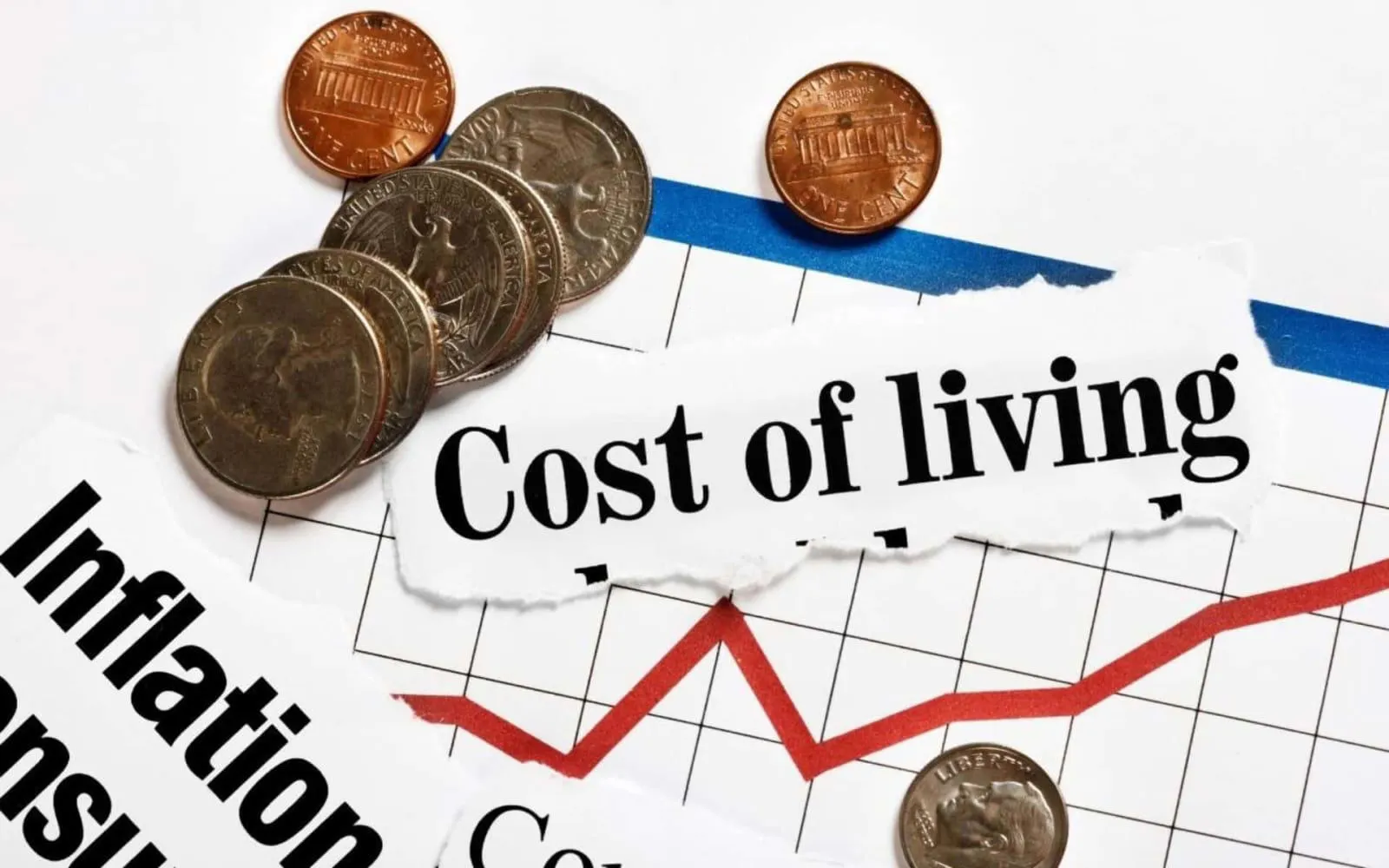Business
Cost of Living Index 2025 Post Inflation Review

The year 2025 marks a critical phase for the United Kingdom as policymakers, economists, and households evaluate how living standards are adjusting after several years of high inflation. The Cost of Living Index remains one of the most closely watched economic indicators in the country. It reflects the price of essential goods and services including food, rent, energy, transport, and healthcare.
Following a sharp inflation cycle driven by energy shocks, supply chain disruptions, and global economic uncertainty, the UK is now experiencing a period of cooling price pressures. Yet the effects of past inflation continue to shape daily life. Many households still feel the burden of elevated bills, slower wage growth, and rising housing costs. This review offers an in depth look at how the UK is navigating the post inflation landscape.
Stabilizing Prices Across Key Sectors
Consumer prices have started to stabilize across major categories. Food inflation has eased significantly due to improved global supply chains and reduced transportation costs. Supermarkets are now able to negotiate better rates with suppliers, providing some relief for families.
Energy prices have also shown gradual improvement. Government policies supporting renewable energy, along with lower wholesale gas prices, have helped reduce energy bills compared to previous years. However costs remain higher than pre crisis levels, continuing to challenge lower income households.
Housing Costs Continue to Shape Financial Pressure
Housing remains one of the most influential components of the Cost of Living Index. Rent prices in major cities such as London, Manchester, and Birmingham continue to rise due to limited supply and high demand. Younger households face increasing pressure as rental affordability becomes more difficult.
Mortgage holders are experiencing mixed conditions. Some benefit from rate stabilization, while others are still adjusting to higher monthly payments after earlier rate increases. The housing market remains competitive, and affordability concerns persist across multiple segments of society.
Wage Growth and Household Income Trends
Wage growth has not fully kept pace with previous inflation spikes, leading to ongoing pressure on real incomes. Although wages have increased in sectors such as healthcare, technology, and financial services, many workers in retail, hospitality, and local services continue to face stagnant earnings.
The difference between nominal wage growth and real wage impact remains a central challenge. Many households report being more cautious with spending, prioritizing essential purchases over discretionary items. This shift influences broader economic activity and contributes to slower growth in consumer driven sectors.
Impact on Daily Essentials and Family Budgets
Families continue to adjust budgets to reflect new price realities. Essential items such as groceries and school supplies remain more expensive than before the inflation cycle. Families report increased focus on discount brands, energy saving habits, and long term subscription planning to manage costs effectively.
Transport costs have also influenced the Cost of Living Index. Public transport fares have risen steadily, while fuel prices remain higher than historical averages. This affects commuting expenses, especially in regions where public transport access is limited.
Government Measures to Support Households
The UK government has introduced several measures to support households in the post inflation environment. Targeted energy subsidies, childcare assistance, and cost reduction programs for low income families help ease financial strain.
Tax adjustments and social welfare reforms aim to improve disposable income for vulnerable groups. Authorities continue to engage with consumer groups, evaluating how policies can be refined to support long term economic stability.
Regional Differences in the Cost of Living
The Cost of Living Index varies significantly across regions. London and the South East remain the most expensive areas, driven by high rents, transport fees, and overall demand. Meanwhile regions such as the North East, Wales, and parts of Scotland maintain comparatively lower living costs.
Regional governments are introducing development plans, infrastructure investments, and local subsidies to address regional inequality. These measures support balanced economic growth and help ease pressure on households in high cost areas.
Business Sector Response to Changing Consumer Spending
Businesses are adjusting strategies to respond to more cautious consumer spending. Retailers offer flexible payment plans, loyalty discounts, and competitive pricing models to attract customers. Restaurants, local businesses, and service providers report shifts in customer behavior, with consumers prioritizing value and affordability.
Companies in the utility and telecommunications sectors are introducing budget friendly plans to retain customers. Businesses that adapt to the cost conscious environment are more likely to maintain growth during the post inflation period.
Outlook for Living Standards in 2025
The UK’s Cost of Living Index shows signs of stabilization, but challenges remain. While inflation has cooled, the after effects continue to influence daily expenses and financial well being. Policymakers aim to support long term affordability through wage reforms, housing policies, and sustained energy price management.
The post inflation period represents a pivotal moment for households adjusting to new economic conditions. With careful policy planning and continued recovery across key sectors, the UK aims to strengthen living standards and promote sustainable economic growth throughout 2025.














